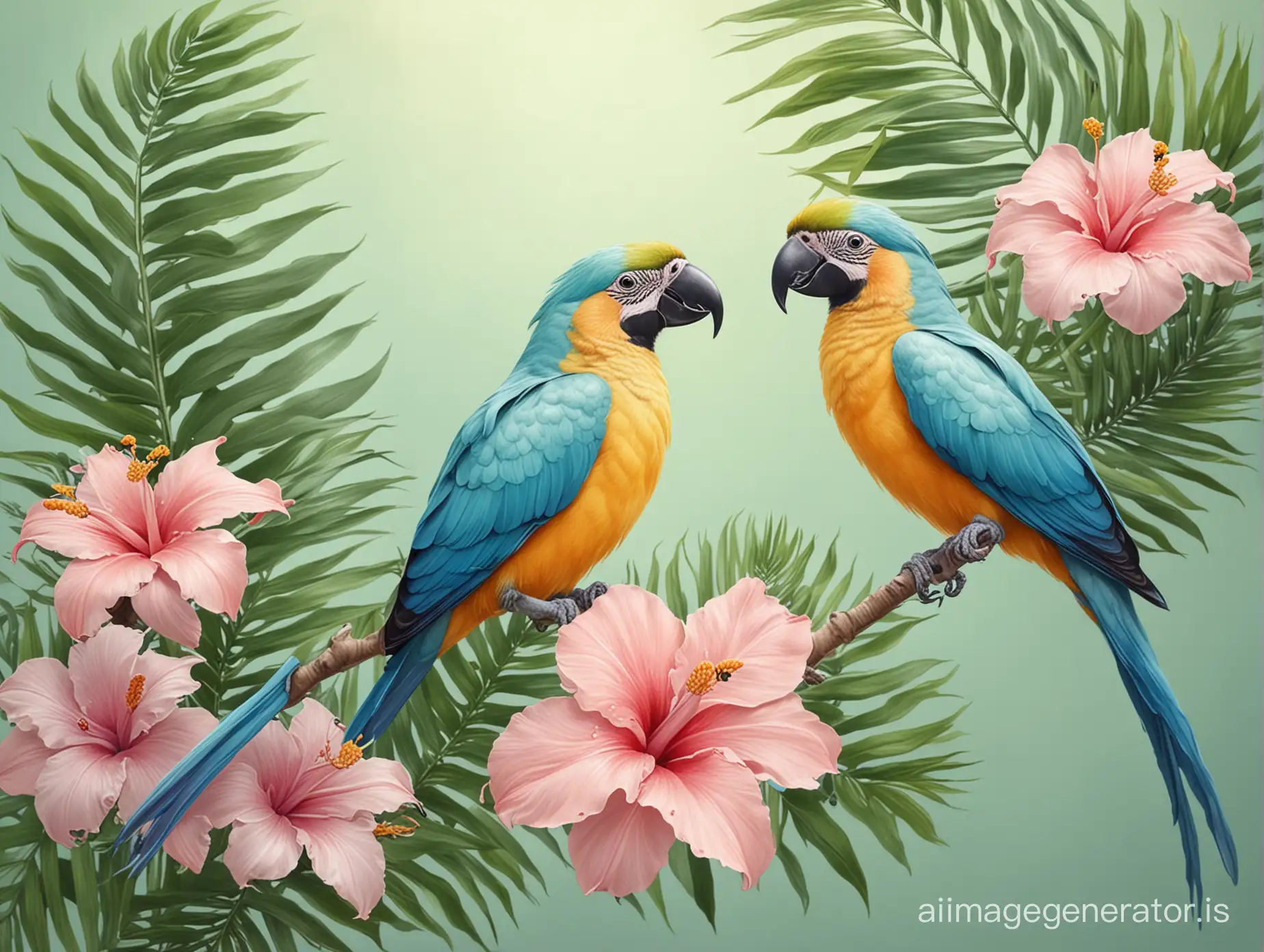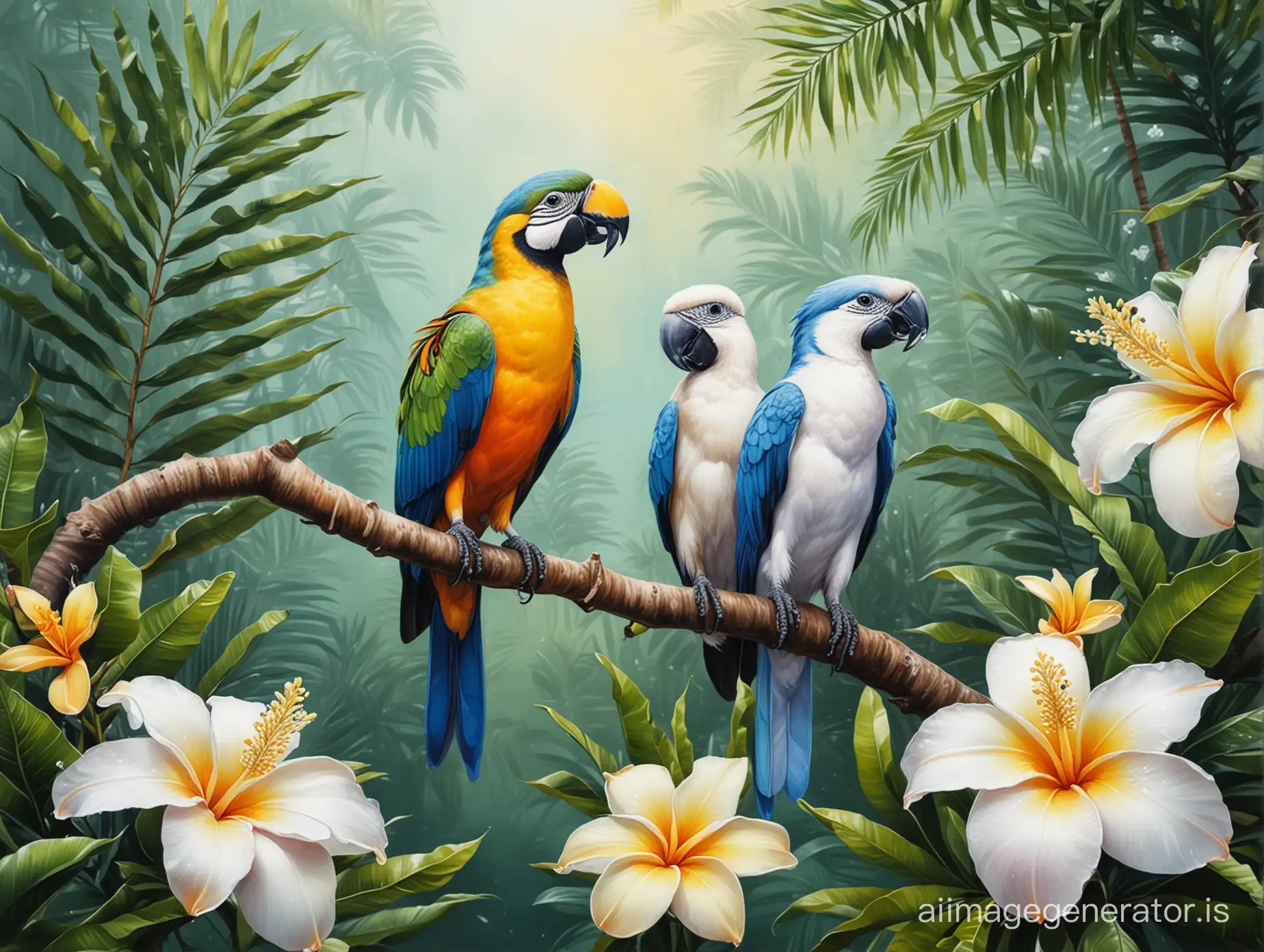Free Acrylic painting Image Generator
Just imagine, and we'll instantly return a variety of personalized Acrylic painting images—designed to bring your creativity to life!
- 4:3
- 3:4
- 1:1

image.state.default






Related Tags
Acrylic painting is a popular form of painting that uses acrylic paints, known for their fast-drying properties. Developed in the mid-20th century, acrylic paints have revolutionized the art world by providing artists with a versatile medium that can mimic the effects of both oil and watercolor paints. Acrylics are made from pigment suspended in an acrylic polymer emulsion, allowing for a wide range of textures and finishes. They are water-soluble when wet but become water-resistant when dry, making them durable and ideal for various artistic techniques.
Definition and Background of Acrylic Painting
Acrylic paints are known for their vibrant colors, quick drying time, and flexibility. These characteristics make them suitable for a wide range of applications, from fine art to commercial projects. Acrylics can be applied to various surfaces, including canvas, paper, wood, and even glass, allowing artists to experiment with different textures and effects. They are also commonly used in mixed media artwork, where their ability to adhere to different materials is highly valued. In addition, acrylic paints are favored in educational settings due to their ease of use and clean-up.
Characteristics and Applications of Acrylic Painting
Acrylic painting encompasses a variety of styles and techniques, each offering unique aesthetic possibilities. Some popular techniques include glazing, where thin layers of transparent acrylic paint are applied to create depth and luminosity; impasto, where thick layers of paint are built up to create texture; and pouring, where fluid acrylics are poured onto the canvas to create abstract patterns. Artists also use acrylics for more traditional approaches, such as realism and impressionism, as well as contemporary styles like abstract and pop art. The versatility of acrylic paints allows for endless creative exploration.
Different Styles and Techniques in Acrylic Painting
Acrylic painting has significantly influenced modern art culture, offering artists a flexible and expressive medium. The quick drying time and adaptability of acrylics have led to innovative techniques and styles that reflect contemporary themes and aesthetics. Acrylics are frequently used in street art and murals, contributing to the vibrant visual culture of urban environments. They have also made their mark in digital art, where traditional acrylic techniques are emulated through digital tools. The accessibility and versatility of acrylic paints continue to inspire artists across the globe, making them a staple in modern artistic practice.
Impact of Acrylic Painting on Modern Art Culture